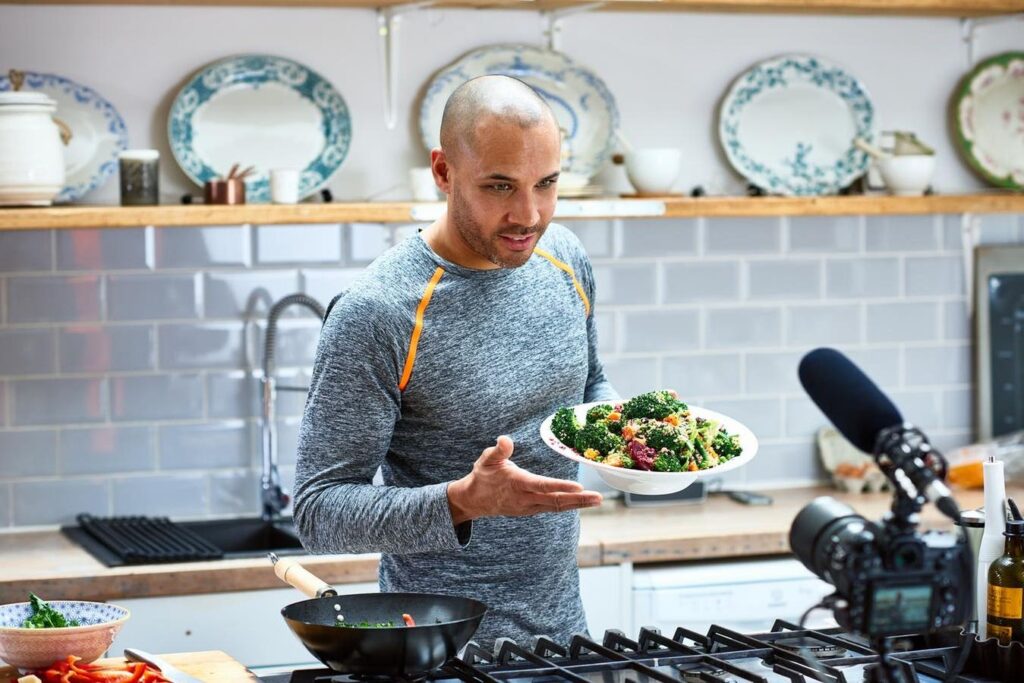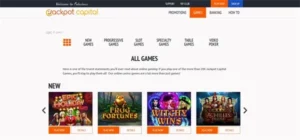
How To Market With Recipe Content Creators
As a co-founder and Chief Customer Officer at Jupiter.co, a creator-driven CPG marketing and recipe shopping platform, I’ve had the opportunity to work with over 50 top consumer packaged goods (CPG) brands who have spent millions on social media recipe influencer partnerships. While partnering with influencers is not new, what has changed is the sheer scale of their influence on their audience. Today’s consumers are more likely than ever before to discover products through influencer content.
To increase product sales, CPG brands must identify the correct creator and leverage various strategies to amplify the impact of their partnership. Here are some key takeaways from my experience:
Identify the correct creator
The first step is to determine which recipe influencers align with your brand’s objectives. This requires identifying specific creators who cater to your target audience. The most important parameters to consider are:
* Location Of The Influencers’ Followers: It’s crucial for brands to seek out influencers whose followers are predominantly based in the regions where they have a strong presence.
For instance, if you’re an East Coast-based brand, you should focus on partnering with influencers who primarily cater to that audience.
* User Attributes: Top-performing CPGs possess an intimate understanding of their target demographic. In parallel, they must find influencers whose audience attributes align with those of the brand.
Don’t over-orchestrate content
I’ve seen many marketers fall into the trap of trying to dictate how a recipe influencer should present their product. They believe that by “making the brand more visible” within the content, it will increase visibility and engagement. Unfortunately, this approach often results in reduced viewership and engagement.
Instagram’s algorithm favors content that gains strong initial traction, which can significantly boost viewership if picked up by the platform. Therefore, it’s essential for marketers to resist the urge to over-orchestrate content and trust recipe influencers to follow their creative process.
The Rule Of Seven
As stated by the rule of seven in marketing, a potential customer must see your product at least seven times before making a purchase decision. While seeing a product endorsed by an influencer is essential, brands can use various tactics to maintain contact with potential customers and guide them further down the sales funnel.
Here are some strategies to achieve this:
* Enrolling In A Loyalty Program: Brands should collaborate with influencers to share links through Instagram Stories or include a link in their bio. This encourages users to sign up for a loyalty program.
* Retargeting Using Meta Pixel: By tracking users who visit specific pages, CPGs can execute retargeting campaigns and move customers further along the sales funnel.
* Boosted Posts Or Ads: Brands can also purchase licenses to whitelist high-performing campaigns and utilize them in boosted posts or ads. This allows for cost-effective awareness generation and lead generation on Meta.
Shoppable Recipes And Blogs
Two additional strategies can amplify the impact of influencer content and drive commerce engagements:
* Shoppable recipes, accompanied by checkout integrations like those available through Instacart, enable CPGs to direct commerce engagements and increase social media visibility. Platforms like Jupiter.co provide streamlined connections between recipe inspiration and purchase, making it easier for users to explore and create recipes that interest them.
* Blogs: While blogs have become less popular among recipe influencers, these who maintain blogs can amplify the influence of their content by showcasing products on their blog and including them in shoppable ingredient lists. This further enables CPGs to push potential customers down the sales funnel.
By partnering with the right recipe influencer, trusting their creative process, and utilizing the appropriate tools to amplify awareness generated through influencers’ content, a CPG brand can achieve both top-of-funnel brand awareness and bottom-of-funnel sales through its partnership with food content influencers.
Source: www.forbes.com


